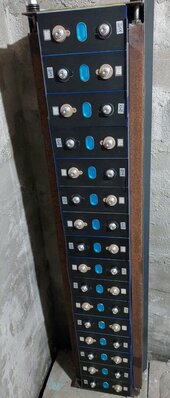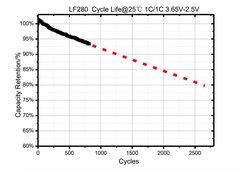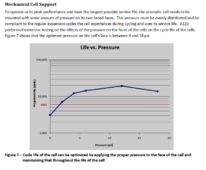Is this not
*DIY* Solar Forum for a reason?

No thanks, I'm an Engineer myself (M.Eng in Computer Engineering) and I'd rather not quadruple my costs because of FUD. I am not aggravated at all, I'm just looking for suggestions or improvements or ideas to improve what I intend on building. There are already lots of useful suggestions that I appreciate.
I think I need to clarify some things because I don't think everyone understands this layout and how shorting would manifest in my setup. It is certainly no worse than any other layout and unless I am mistaken it's better/safer than most other layouts in fact.
View attachment 216258
Here is a view with the cement fiber boards in place -- You'll note that each string has essentially a concrete wall/well separating it from each other string. Maybe a metal C clamp could be dropped and wrap around that wall to short between the strings, but even then, as in the above picture, the voltages in the <-> direction are the same between the strings or maybe at most a few millivolts off. Wouldn't be a problem.
View attachment 216259
Here I have added busbars to clarify a bit more how these are wired
View attachment 216260
Finally the "bad short" example is no different than anybody else's setup -- a 1 cell 3.2V short. For the "ok short" example, in most cases nothing would happen, unless maybe 1 string was discharged and out of service and another string fully charged, but still that would be a very unlikely scenario considering all the other protections. There is another scenario where a diagonal short could happen which would potentially end up with the string Class T's blowing and BMS'es disengaging but I think the worst scenario is still the 1 cell short since there's no fuse or BMS to disconnect such a short. But this kind of short risk is the same in all battery systems.
View attachment 216261
Finally, lets say I need to service string #3, I just pull the single panel I need to access the cell I need to swap, put 2 pieces plywood down to shield the strings I'm not working on, and then I can VERY safely work on just the one string. Here is a visual:
View attachment 216264
Also,
@DIYrich don't get me started on the volts vs amps "debate". The volts determine how many amps go through you (given your body's resistance). While it's the amps that kill you it's the volts that determine how many amps will flow through you, and in this case 48V DC is considered quite safe to work with. Also, that fact has nothing to do with the layout of my system and applies to ALL battery energy systems.
No thanks, I'm an Engineer myself (M.Eng in Computer Engineering) and I'd rather not quadruple my costs because of FUD. I am not aggravated at all, I'm just looking for suggestions or improvements or ideas to improve what I intend on building. There are already lots of useful suggestions that I appreciate.






